On This Day...March 14th
Lieutenant John Roller (of the 56th Regiment of the 2nd Armored Division U.S) examines a German Panzerfaust M60 in Korchenbroich, Germany, on March 14th, 1945.
‘Osaka Fire Mission’, March 14th, 1945.
USS Wasp (CV-18) at the Boston Navy Yard on 14 March, 1944.
The HMS Thetis was an ill fated vessel that had two lives, which was at least one too many.
She was sank on the very first day of her sea trials, June 1st, 1939 with all hands lost amid a catalogue of honest errors, utter incompetence, and tragic luck.
While the usual crew should be around 60, there were 103 souls on the Thetis the day she went down, including contractors, builders, administrators, and caterers. The reason for this was that she had yet to be officially handed over to the Navy, and there were last minute preparations, celebratory lunches being prepared, and last minute administration checks being done.
At around 13:30, and with the Thetis struggling to dive due to positive buoyancy, a fateful decision was made to open torpedo tubes, a choice made disastrous due to design faults, and the confusing labelling of hatches.
The submarine suffered a catastrophic inrush of water that sped the bow of the vessel to the bottom of the sea with the remainder of the ship at a fifty degree angle to the sea floor. The only support vessel was an ancient tugboat who’s radio had a range of around 80 miles on a good day, and no-one and nothing in that awful chain of events was having a good day.
As time wore on, the air became increasingly toxic and a further series of increasingly desperate and terrible decisions were made. Four men managed to escape from emergency hatches. This in itself must have been terrifying, as one by one they had to be completely immersed in pressurised water before opening external hatches and trying to escape to the surface. Before long, one of the seamen understandably panicked and opened the wrong hatch, allowing a final deadly inpouring of water. After more than 24 hours the 99 survivors died as remaining air compressed further and became more poisonous.
Even then, the Admiralty continued to make amateur mistakes and even worse decisions. The submarine was to remain underwater for three months before a reasonable salvage job was attempted, killing the Thetis’ final victim, a salvage diver.
The submarine was eventually dragged back to docks, the bodies removed, repairs made, and she was recommissioned as the HMS ‘Thunderbolt’. Quite how the new crew felt about their vessel is open to conjecture.
The crew of the ‘Thunderbolt’...
The Thunderbolt made six successful war patrols in the Mediterranean. On the 14th of March she was sank by the Italian cruiser, Cicogna. After being depth charged many times Thunderbolt broke the surface, and was straffed by Cicogna with all guns and the Thunderbolt took her final dive. She now lies as a war grave beneath 4,000 feet of the Mediterranean, her resting place a testimony to the total of 161 men who lost their lives in her service.
One enduring and positive legacy from this sad tale is the advent of the ‘Thetis Clip’, a device on every submarine made since June 1939 that ensures the inner and outer caps of torpedo tubes cannot be opened at the same time.
A quite frankly astonishing photo taken of demolished Japanese (mainly ‘Koryu’-class midget type) submarines - among other debris - at the shipyard in Kure, Japan, on 14th March, 1947.
Soviet TB-3 heavy bomber captured by Finnish forces, Kuhmo-Sauna Lake, Kainuu, Finland, 14th March, 1940.
Hurricane of No. 85 Squadron, RAF, taxiing at Debden, Essex, England, at night, 14 Mar 1941; note navigation lights on wingtips, always a feature on Hurricane models, but rarely seen used.
Inspection of a damaged RAF B-24, safely returned home after being hit mid-flight by ‘friendly’ 1000-pound bombs. March 14th, 1945.
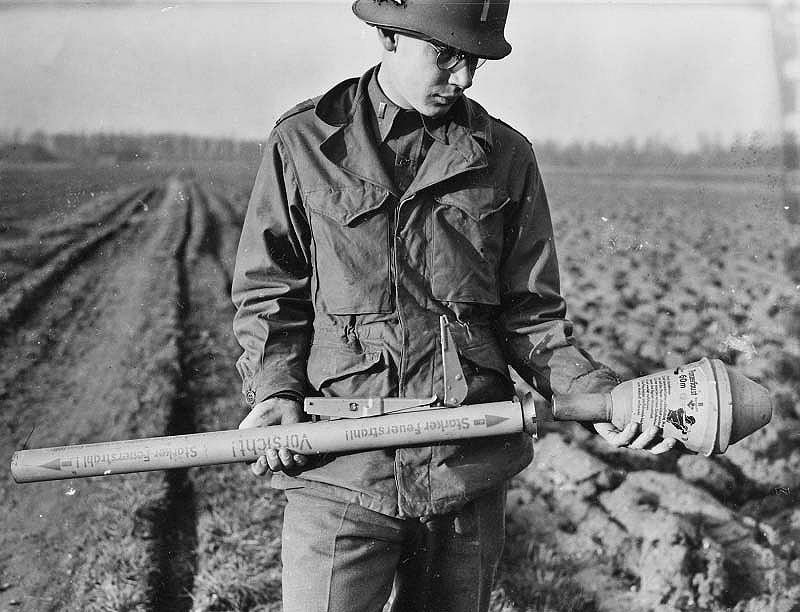
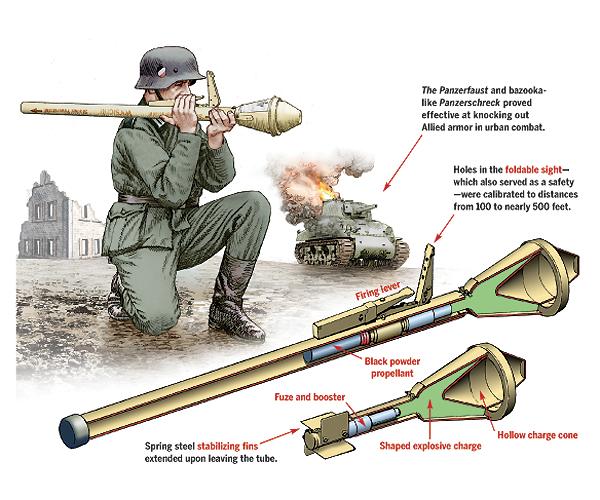
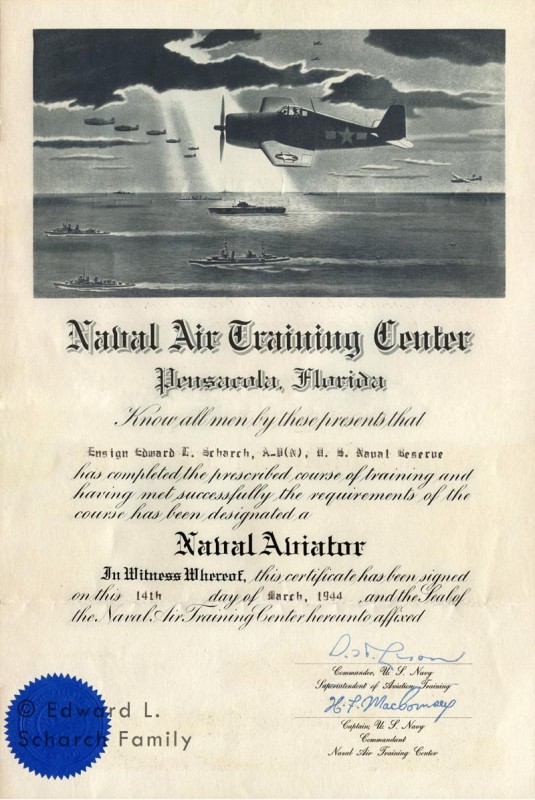
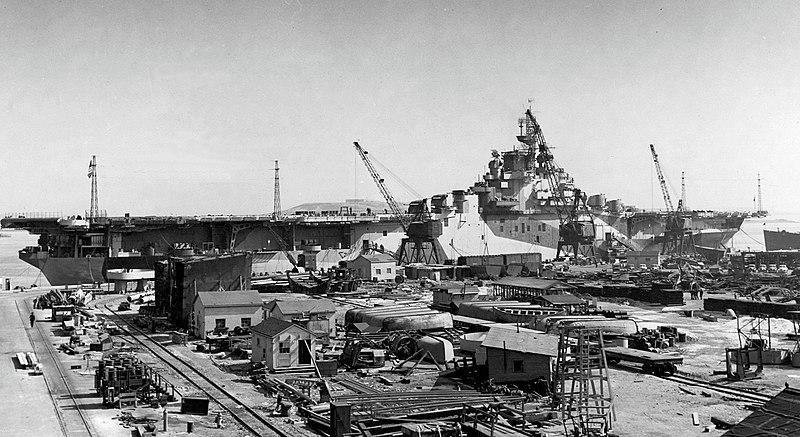
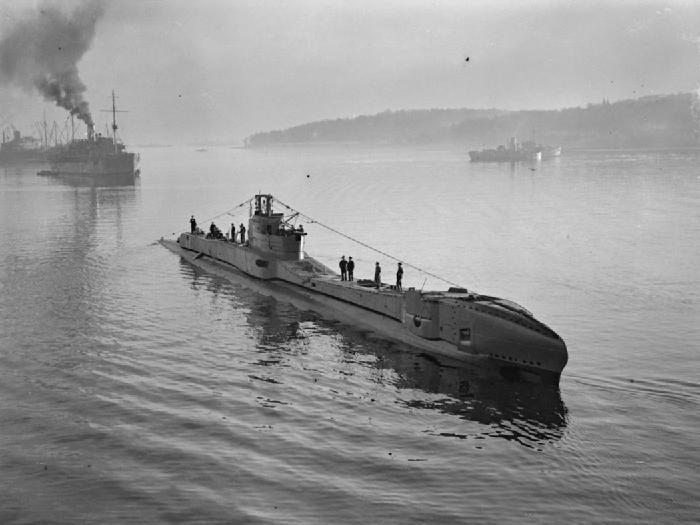

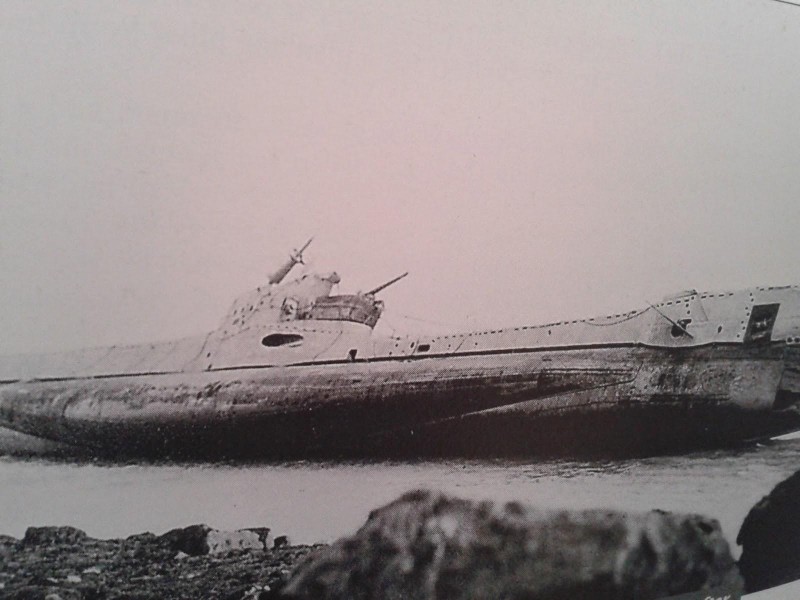

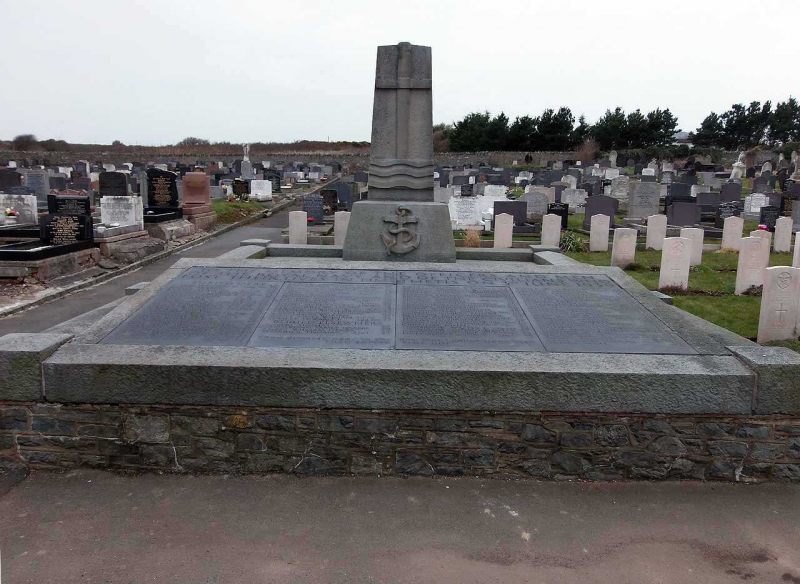

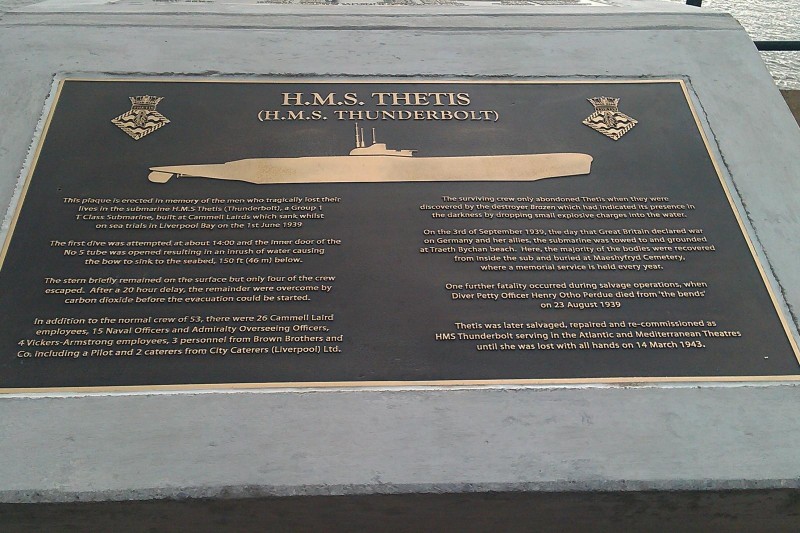

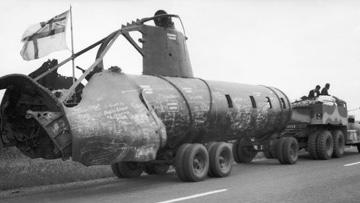
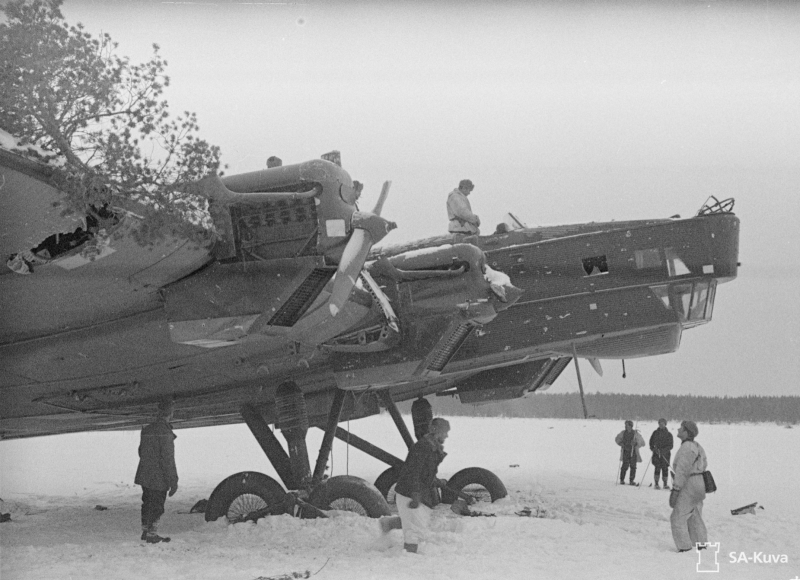

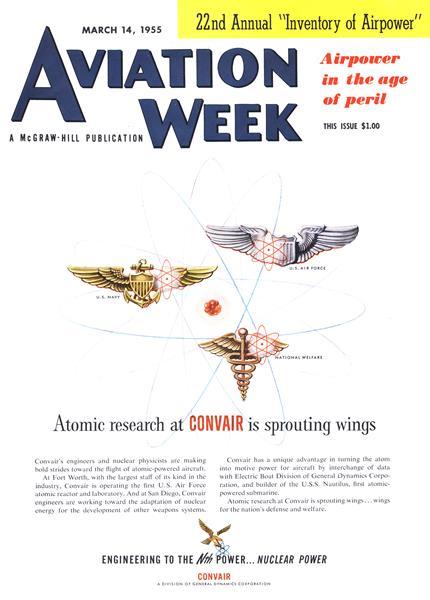

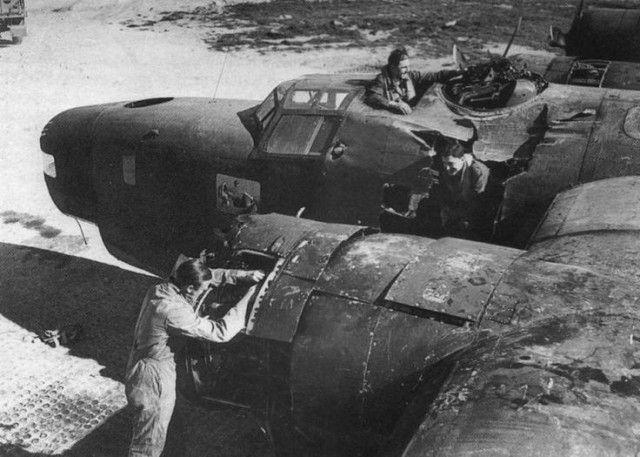

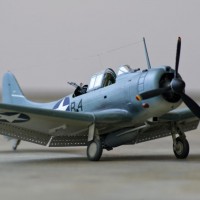
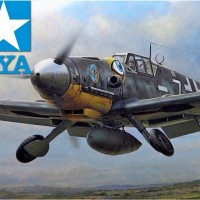
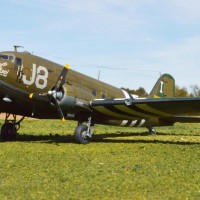
Cracking shot of the Hurricane at night with nav lights. Very nice work hunting this stuff, David.
Thank you, David. Appreciate you sticking with the series.
This is another amazing set of pictures David. Is that a tree lodged into the leading edge of the wing of the TB-3 ?
The night time Hurricane photo is priceless. The story behind the submarine is an extremely sad one...
HMS Thetis (or Thunderbolt) but luckily something good became of this with the way the opening of the torpedo tubes was changed.
How lucky was that crew from the B-24 ! Amazing how it survived the trip home after an impact like that ... there's no such thing as "friendly fire" when you are on the receiving end !
I learn a bunch of things reading each new article.
Thanks again.
Great post David. I'd love to see a new TB-3 kit.
Thanks, John. It's an unusual subject, but I agree, it'd be a great build. Especially if you do it with snow and a tree...
Hey, Louis. Yep, I think he hit the only tree in that whole field.
Cheers, Louis.
Interesting post about the Osaka fire mission of March 14, 1945. Eighteen years later to the day, my ship pulled in to Kobe-Osaka for a visit. A friend of mine and I went on a walking tour and got thoroughly lost, Finally, towards dusk, we turned a corner and...
There before us was what I later learned were the last 1,000 acres of Osaka not to have been restored since the great fire raid. The ground was black. There were some twisted girders sticking up. The only thing I could think of to compare it with was the cover of a science fiction novel about the aftermath of an atomic war. 83,000 people died that night. I've never been able to put that sight out of my mind.